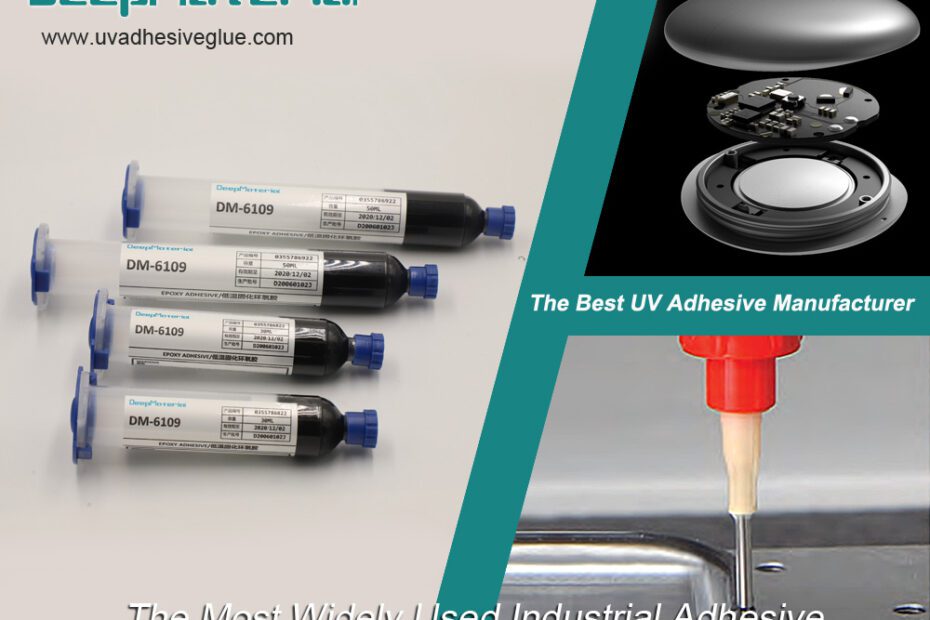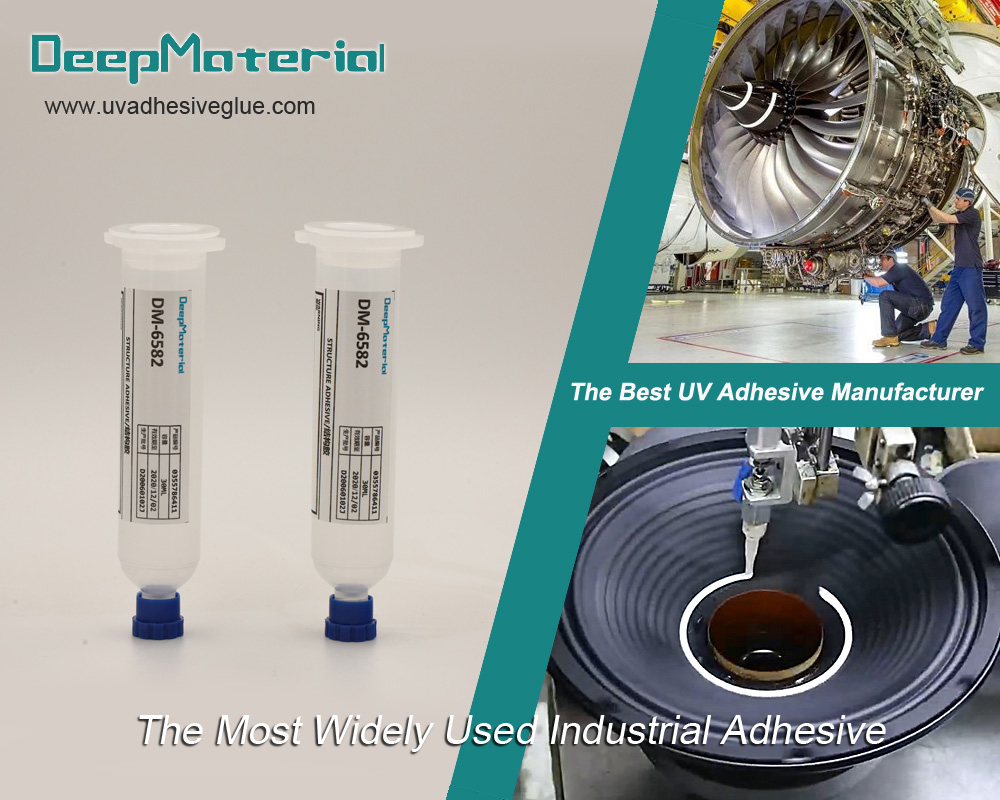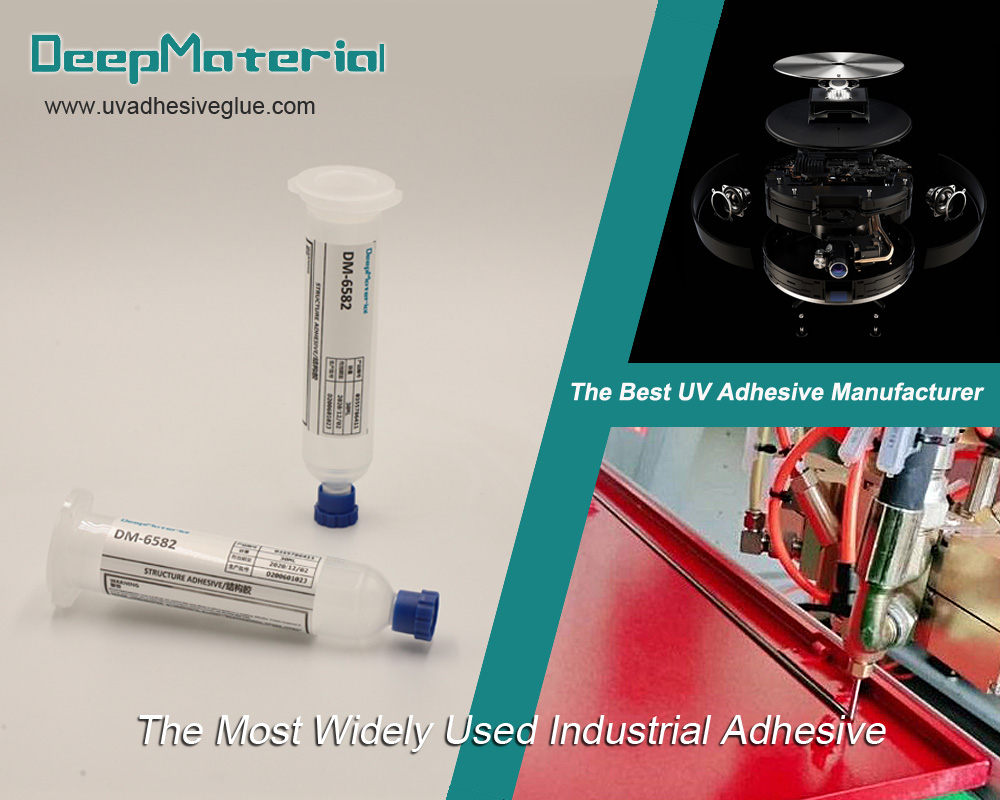Electronic adhesive, also known as electronic adhesive or conductive adhesive, is a specialized adhesive designed for electronic applications, used for bonding, sealing, potting, coating, structural bonding, co coating, and SMT mounting of electronic and electrical components. Its formula can bond various electronic components and materials together, providing strong adhesion and conductivity when needed. The main types of adhesives are: organic silicone, dry adhesive, UV adhesive, epoxy adhesive, etc.
Electronic glue comes in different formulations and varieties, depending on the specific requirements of the application. Some common types of electronic glue include:
Conductive Adhesive:
Composition: Conductive adhesive typically consists of a polymer matrix (epoxy, acrylic, or silicone) infused with conductive particles (silver flakes, copper, nickel, or carbon).
Applications: It is commonly used for die attach, bonding electronic components, and connecting chip-on-board (COB) assemblies. It provides electrical conductivity between conductive traces on circuit boards and components without the need for soldering.
Non-Conductive Adhesive:
Composition: Non-conductive adhesives use insulating materials like silicone, epoxy, or polyurethane as the base.
Applications: Non-conductive adhesives are widely used for general bonding in electronic devices, such as attaching display panels, bonding housing components, or securing connectors and switches.
Composition: These adhesives are formulated with thermally conductive fillers like ceramics or metal oxides, dispersed in a polymer matrix.
Applications: Thermal conductive adhesive is essential for attaching heat sinks, thermal pads, or bonding power semiconductor devices to ensure efficient heat dissipation, preventing overheating and potential damage to sensitive electronic components.
UV Curable Adhesive:
Composition: UV-curable electronic glue contains a photoinitiator that initiates polymerization when exposed to ultraviolet light.It is considered an environmentally friendly green technology, also known as 3E technology, which is energy-saving, environmentally friendly, and economical.
Applications: Due to its rapid curing capabilities, UV curable adhesive is used in high-speed production lines for tasks like lens bonding, glass-to-glass assembly, and display panel lamination in electronic devices.UV curable adhesive is widely used in glass products and jewelry industry, glass furniture, medical appliances, electronics, electrical appliances, optoelectronics, Optical instrument, manufacturing and other fields, such as the manufacturing of electronic circuit boards, electronic components, digital cameras, electronic scales, beepers and other products.
Composition: Epoxy-based electronic glue is made of epoxy resin and a curing agent, which react to form a strong, durable bond.
Applications: Epoxy resins are used extensively in printed circuit board (PCB) assembly, wire bonding, and encapsulating delicate electronic components to protect them from environmental influences.
Factors to Consider when Choosing Electronic Glue:
Electrical conductivity or insulation requirements.
Thermal conductivity and dissipation needs.
Substrate materials to be bonded (metal, glass, plastics, etc.).
Environmental conditions, such as temperature, humidity, and chemical exposure.
Cure time and curing method (room temperature, heat, or UV).
Mechanical properties like flexibility, shear strength, and adhesion strength.
Safety and health considerations during handling and application.
Electronic glue plays a vital role in the advancement of electronic technology, enabling the production of smaller, more efficient, and reliable electronic devices used in various industries, including consumer electronics, automotive, aerospace, telecommunications, and medical devices. Continuous research and development in adhesive technologies lead to the creation of innovative formulations tailored to specific electronic assembly needs.


